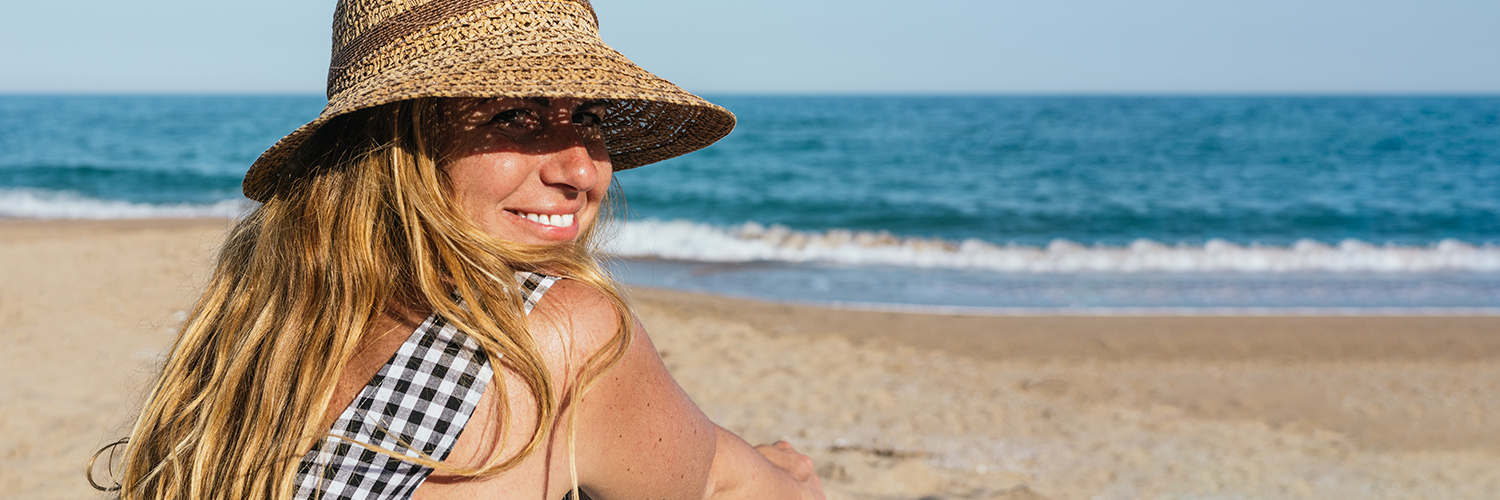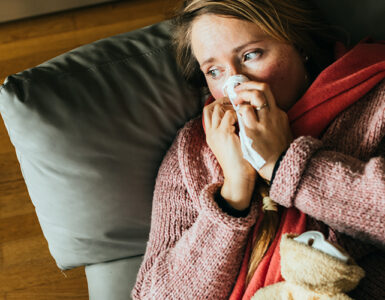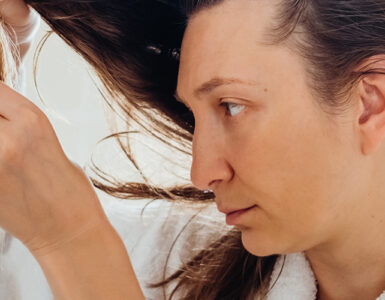The skin on our face is the first to show signs of aging because its exposed daily to environmental elements and compromised by recurring habits, such as smiling, squinting, frowning, and furrowing the eyebrows. These habits continually tug on the skin and contribute to signs of wear over time.
Facial rejuvenation treatments help to slow aging and soften the effects of time, using safe components that the skin naturally draws on for structure, texture, and firmness.
What is Facial Rejuvenation?
Facial rejuvenation refers to treatments and procedures designed to restore a more youthful appearance to the face.
Facial rejuvenation treatments can address common signs of aging, such as:
- Fine lines and wrinkles
- Sagging or loose skin
- Loss of volume/fullness
- Uneven skin tone and texture
- Sun damage
- Dehydration or dullness
Facial Rejuvenation Procedures
1. Microneedling
Microneedling is used to treat fine lines, uneven skin tone and large pores. Treatment is delivered by producing microscopic injuries and miniscule puncture holes in the top layer of skin to stimulate the body’s natural healing process. This process helps stimulate production of collagen and elastin, the proteins in skin cells responsible for supporting elasticity and fullness.
2. Laser Treatment
Laser treatments involve the use of focused laser energy to stimulate collagen production, improve skin texture, and reduce the appearance of wrinkles, thin blood vessels, fine lines, and uneven pigmentation. The use of modern laser technology allows for maximal results, while protecting the surrounding skin from damage.
3. Thread Lift
A thread lift is a minimally invasive procedure used for facial and neck rejuvenation. During a thread lift, dissolvable threads are inserted under the skin through small incisions. These threads are then gently pulled to lift and reposition sagging or drooping skin in targeted areas of the face, such as the lips, eyes, cheeks, jaw, and neck.
4. CoolSculpting
While CoolSculpting is primarily used for body contouring, it can also be used in certain cases for facial rejuvenation to reduce fat deposits under the chin and refine jawline contours. Coolsculpting uses controlled cooling to target and freeze fat cells, causing them to crystallize and eventually die. It is a relatively quick and comfortable procedure that does not require anesthesia or downtime.
5. Injectables and Fillers
Injectables for facial rejuvenation is performed with neurotoxins such as Botox, which is injected into specific facial muscles to relax them and reduce the appearance of wrinkles and fine lines. Patients seek Botox to smooth the lines around their eyes, between the eyebrows and on the forehead. Fillers are substances injected beneath the skin to add volume, smooth wrinkles, and enhance facial contours. Fillers containing hyaluronic acid and poly-l-lactic acid are common for stimulating collagen production and improving skin elasticity.
Remember that performing cosmetic dermatology properly requires a fundamental understanding of facial anatomy and expertise in specialized techniques. That’s why it’s so important to choose a physician trained in dermatology when considering any of these cosmetic treatments.
At Stony Brook Medicine, all cosmetic procedures are performed by board-certified dermatologists specializing in aesthetic medicine. We offer a full range of facial rejuvenation treatments including using hyaluronic acid dermal filler injectables to skin resurfacing techniques using cutting-edge technology across our full suite of lasers. Visit us here for more information.












